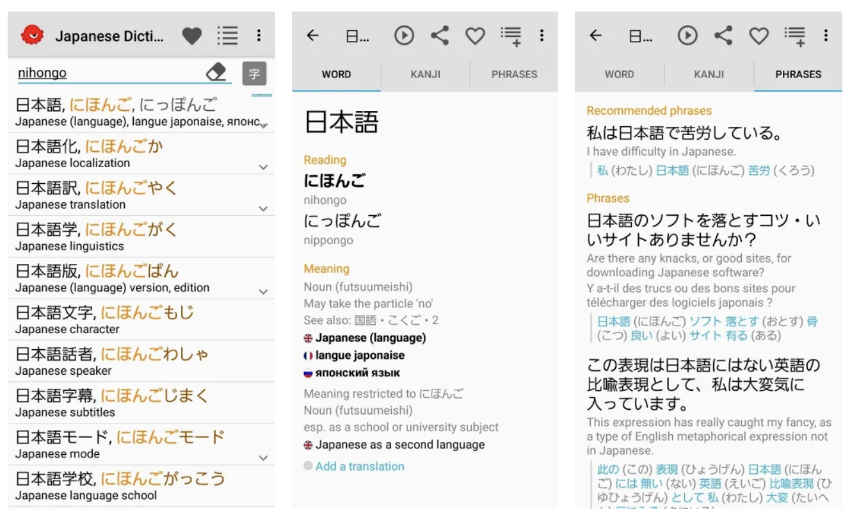
3rd century BCE Erya, is the earliest surviving monolingual dictionary although some sources cite the c. The early 2nd millennium BCE Urra=hubullu glossary is the canonical Babylonian version of such bilingual Sumerian wordlists. The oldest known dictionaries were cuneiform tablets with bilingual Sumerian– Akkadian wordlists, discovered in Ebla (modern Syria) and dated to roughly 2300 BCE, the time of the Akkadian Empire.

2.5 Dictionaries for natural language processing.The birth of the new discipline was not without controversy, the practical dictionary-makers being sometimes accused by others of "astonishing" lack of method and critical-self reflection.

Īlthough the first recorded dictionaries date back to Sumerian times (these were bilingual dictionaries), the systematic study of dictionaries as objects of scientific interest themselves is a 20th-century enterprise, called lexicography, and largely initiated by Ladislav Zgusta. "informal" or "vulgar") in many modern dictionaries are also considered by some to be less than objectively descriptive. There is also a contrast between prescriptive or descriptive dictionaries the former reflect what is seen as correct use of the language while the latter reflect recorded actual use. The word dictionary (unqualified) is usually understood to refer to a general purpose monolingual dictionary. There are other types of dictionaries that do not fit neatly into the above distinction, for instance bilingual (translation) dictionaries, dictionaries of synonyms ( thesauri), and rhyming dictionaries. In practice, the two approaches are used for both types. In theory, general dictionaries are supposed to be semasiological, mapping word to definition, while specialized dictionaries are supposed to be onomasiological, first identifying concepts and then establishing the terms used to designate them. Lexical items that describe concepts in specific fields are usually called terms instead of words, although there is no consensus whether lexicology and terminology are two different fields of study. Specialized dictionaries include words in specialist fields, rather than a complete range of words in the language. Ī broad distinction is made between general and specialized dictionaries. It is a lexicographical reference that shows inter-relationships among the data. Words indicated by the symbol have computer-generated audio that can be listened to by clicking on it.A dictionary is a listing of lexemes from the lexicon of one or more specific languages, often arranged alphabetically (or by radical and stroke for ideographic languages), which may include information on definitions, usage, etymologies, pronunciations, translation, etc. If that's the case, it will be represented beside it. In some cases, the same word may have different pitch accents, and sometimes the pitch accent depends on the part of speech of the word. The transliteration can also contain the pitch accent representation for the pronunciation of this word. There is also the transliteration written in kana ( hiragana or katakana) and romaji (using the Hepburn method). If the word has one or more kanji characters, its furigana will be written on top of them. Furiganaįurigana are the smaller kana characters, printed over the kanji to indicate their pronunciation. Words having multiple readings will be ordered by popularity. If the word is represented in kanji, the reading section shows how this word is read. Katakana: Phonetic alphabet used to represent foreign words, places, onomatopoeias, etc.



 0 kommentar(er)
0 kommentar(er)
